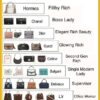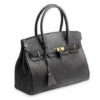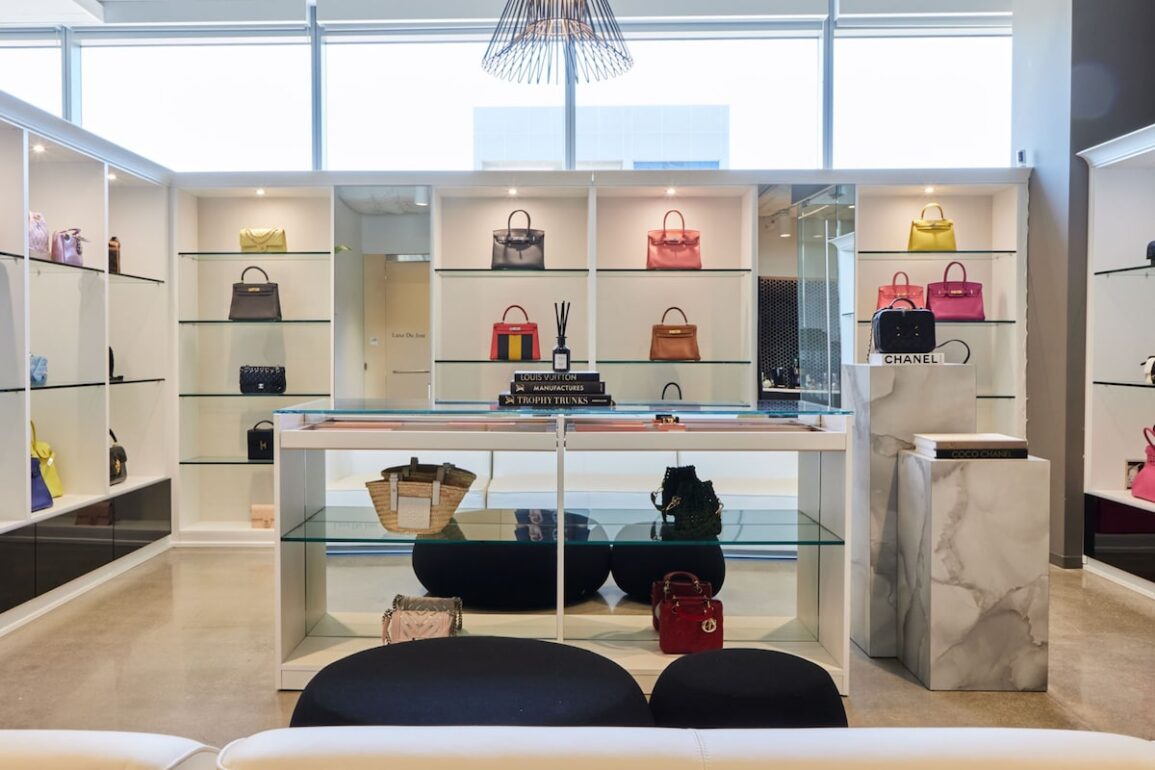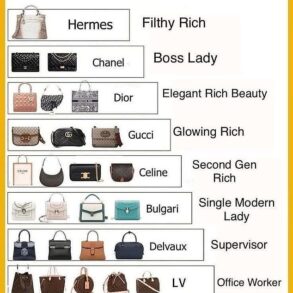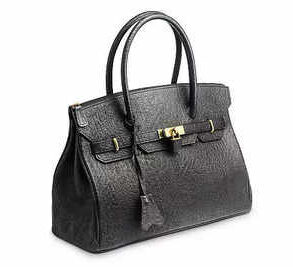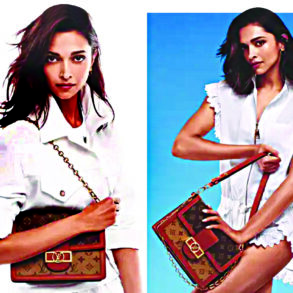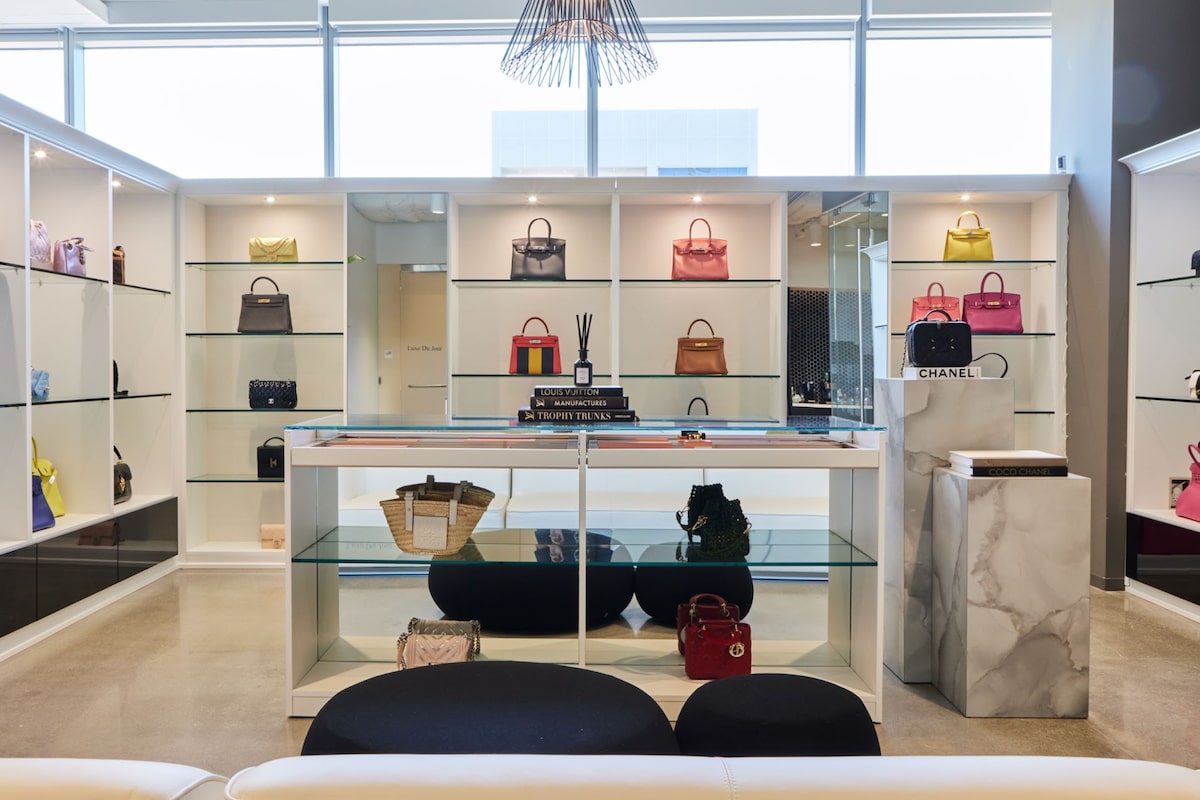
Luxe Du Jour is an online luxury consignment boutique headquartered in Alberta that sells secondhand bags from brands like Chanel and Hermès.Tammy Phan/Supplied
Tammy Phan, a self-proclaimed “certified bag addict,” is CEO and founder of Luxe Du Jour, a one-stop, online luxury consignment boutique based in Alberta.
“Growing up poor in an immigrant family, I never was surrounded by luxury,” Ms. Phan says. “I wanted to one day treat myself to a designer item.”
By the age of 17, Ms. Phan purchased her first Louis Vuitton handbag for around $1,900. “I still have it up until today,” Ms. Phan says. “My mom wears it now.”
The following year, at 18 years old, Ms. Phan set her sights on a Chanel bag: jumbo-sized calfskin leather, with a pebbled finish, gold hardware and a beige Chanel ‘caviar.’ Four years after that purchase, Ms. Phan wanted to sell the $6,000 bag to help her family through a tight spot. Unable to find a reputable sales platform, Ms. Phan turned to Instagram and quickly sold the bag for around $1,200 more than she’d originally bought it for.
“I was like, ‘ding!’ – wait a damn minute,” Ms. Phan says.
While they require a different approach to traditional investment options such as stocks or real estate, certain luxury handbags can appreciate in value. Chanel handbags, which never sell at a discount when new, can increase in value by 10 per cent to 15 per cent each year. Handbags from iconic brand Hermès only go on sale twice a year in Paris. During the pandemic, the famous Hermès Birkin bags increased in value by 38 per cent.
Likening it to a “stock portfolio in your closet,” Ms. Phan says the best investment styles are the classics in neutral colours. But every now and then, fashion trends see other models go up in value.
For example, Ms. Phan says, denim handbags were not selling two to three years ago. “Now people are paying $4,000, $5,000 for denim designer bags.” The same applies to the colour burgundy. After it hit runways this year, Ms. Phan says, “immediately all our burgundy bags sold out, and we’re selling at a higher premium.”
For those looking to get into luxury handbag investing, Ms. Phan suggests following top fashion influencers and checking out what brands are releasing on the runway. “That way, you could snatch those styles on the pre-owned market before they go up in value,” she adds.
Luxe Du Jour boasts a plethora of secondhand luxury handbags, ranging from $2,000 for a Chanel wallet-on-a-chain to $22,000 for a Hermès Birkin bag. The price of a bag in the secondhand market is determined by a variety of factors, such as rarity, condition, material used, colour and more. For instance, the most expensive Birkin bag luxury auction house Sotheby’s sold was a Himalaya Birkin 30 with diamond-encrusted white gold hardware for USD$450,000 in 2022.
Handbags sold in Canada are expected to generate $1.64-billion in revenue this year, with an annual projected growth rate of 1.42 per cent from 2024 to 2028.
Dia Capello, owner of Ottawa-based luxury consignment boutique Valamode Inc., says she believes part of this growth is related to sustainability. “We’re more aware of our consumerism, we’re more aware of the daily carbon footprint that is happening.”
Ms. Capello adds that fashion is typically seen as something disposable. “Handbags are actual assets,” she says. “They get passed down to the next generation.”
Likening luxury handbags to real estate, Ms. Capello says a Chanel handbag would have retailed for $2,500 in the mid-’90s. Today, that same handbag might sell for up to $10,000. “It’s really no different [to a house going up in value].”
However, similar to any investment, Ms. Capello warns against buying a luxury handbag thinking it will double in value within a year. “Similar to your other assets, it’s going to take time, so you need to be patient with that.”
Joey Kindarji, a portfolio manager at Wealthsimple, says that while luxury handbags may share some similarities with traditional investments, “this does not necessarily mean they will perform well in all market conditions.” He adds that luxury handbags are “highly volatile, making it challenging to manage risk effectively.”
Mr. Kindarji’s advice to potential luxury handbag investors is to thoroughly research luxury brands and market trends and to diversify within the niche. “Spread your investments across different brands, styles or categories to minimize exposure to any single risk factor,” he says.
According to Ms. Phan, Luxe Du Jour has grown into a multimillion-dollar business. After seeing its success, Ms. Phan’s husband – who works in real estate – started working for Luxe Du Jour, too.
“People criticize people who collect bags like, ‘What a waste of money, that’s so materialistic,’” Ms. Phan says. “Hey, my husband has nothing to say. Now, my husband actually encourages my spending on designer bags.”
This post was originally published on this site be sure to check out more of their content.

